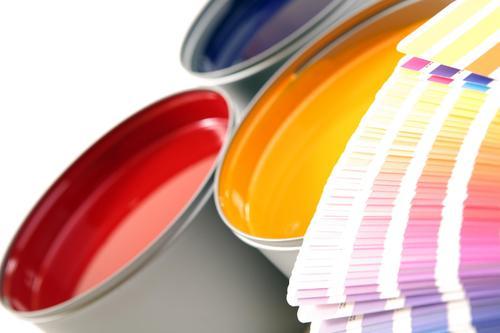Gilsonite in paints & stains

Application of Gilsonite in Paints & Stains
Gilsonite or Asphaltite has been used for a long time in the paints & stains industry. This material is used in paints & stains with a bitumen base. The high nitrogen content of Gilsonite increases the adhesiveness and the stability of the Gilsonite against ultraviolet light. This product is mainly used in coating the exterior surface as also creating resistance against acids, it is used as the coating for car chassis and coating of metal structures. Gilsonite has been used as the first wet carbon agent in black inks for newspapers and magazines. High concentrations of Gilsonite have been used in newspaper printing inks. The main usage of this material is for dispersing black carbon particles which comprise the black color of the printing inks. This material is used in black ink as a cost-effective replacement for other resins. Moreover, in wood paintings, t is used as dark brown paint. Due to the unique chemical and physical qualities of Gilsonite, it can lend useful characteristics to paints and polishing finishes. The high nitrogen content of Gilsonite increases the adhesiveness and stability against ultraviolet light.
The paint applications, Gilsonite is usually used in combination with bitumen (asphalt). In most cases, if Gilsonite is used alone, the final paint will be very hard and brittle after drying. If normal straight-run bitumen is used alone, the finished paint is too soft and tacky. Therefore, a combination of Gilsonite and bitumen is used to achieve the desired hardness (penetration) and drying time of the finished paint. In addition to imparting hardness to the paint, Gilsonite is also increasing the paint’s: (1) adhesion; (2) gloss; (3) chemical resistance; (4) water resistance; and (5) body. For hardness, Gilsonite has a zero (0) penetration (at 25°C; 100 gm, 5 sec.) compared to the 60-70 pen, 80-100 pen or softer bitumens commonly available from petroleum companies or asphalt manufacturers. Approximately 90% of all bitumen is used for road construction and these hardness grades are acceptable for that purpose. However, they are too soft by themselves for the manufacture of paint and surface coatings which require hardness values around 5 penetration for acceptable paint drying. Paint films composed of bitumen alone are tacky if the penetration is more than 10, and are brittle if less than 4.
Gilsonite paint & stain & coat
Gilsonite creates hardness to the paint which will not easily remove and Asphaltite increasing the paint adhesion, gloss, resistance against chemical resistance and water resistance. Gilsonite-based paints and coat are generally used to protect metal surfaces. They are very popular as paints for automobile chassis, auto radiators, steel drums, ocean-going containers, steel structures, roof coating. More or less solvent may be used in each formula to achieve the desired viscosity and more or less Gilsonite may be used to achieve the desired hardness. The drying rate may be varied by choosing solvents with different evaporation rates.

